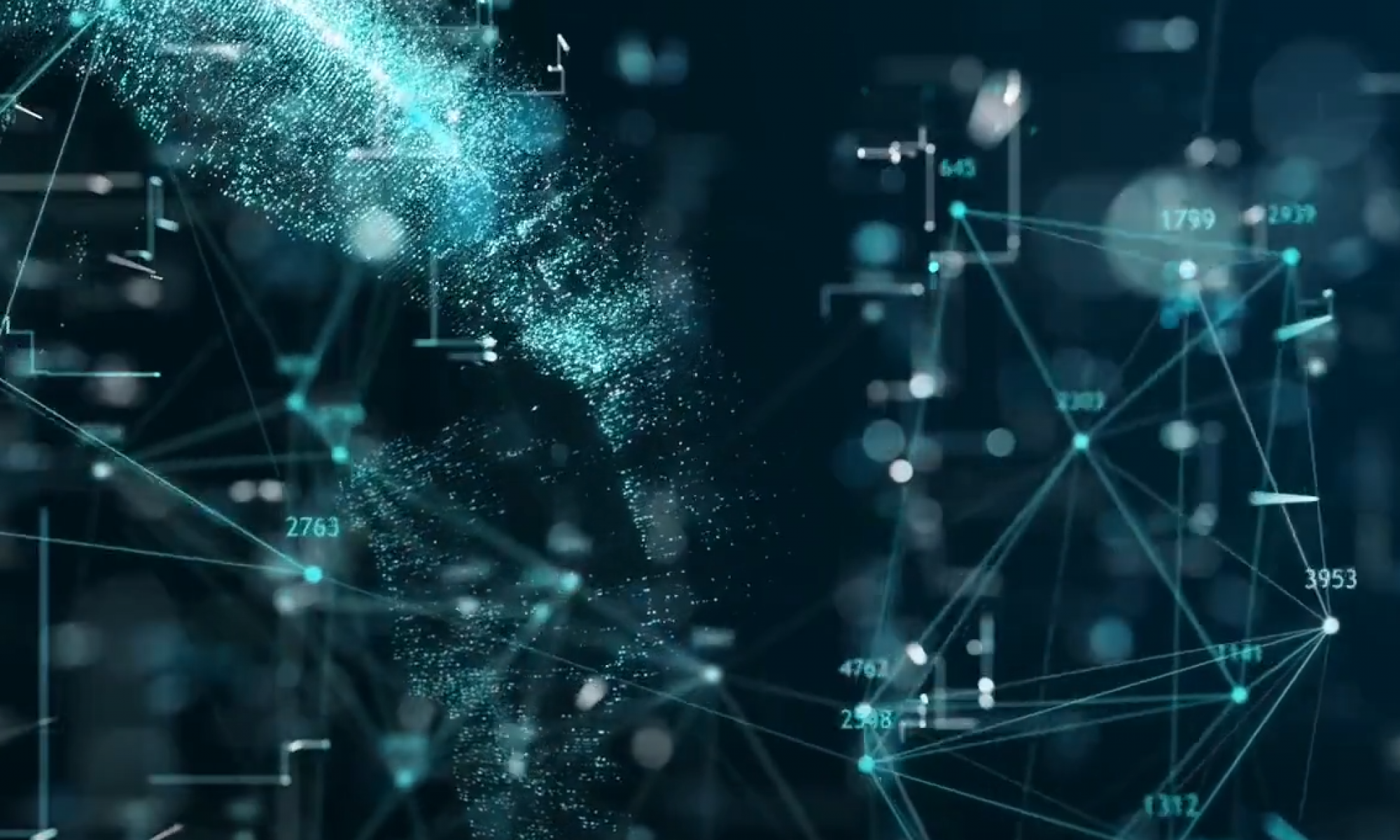Introduction
One-hot encoding is a popular technique for converting categorical data into a format suitable for machine learning algorithms. It is particularly useful when dealing with nominal data, where there is no intrinsic order between categories. This lesson will explore the concept of one-hot encoding, its implementation, and its applications in data science.
What is One-Hot Encoding?
One-hot encoding transforms categorical variables into a series of binary (0 or 1) columns, where each column represents one category from the original variable. This technique ensures that the categorical data is represented in a way that machine learning models can interpret effectively.
For example, consider a variable color with three categories: ‘red’, ‘green’, and ‘blue’. One-hot encoding will convert this single variable into three binary variables: color_red, color_green, and color_blue, where each variable indicates the presence (1) or absence (0) of the corresponding color.
Why Use One-Hot Encoding?
One-hot encoding is used to:
- Avoid Ordinal Assumptions: Ensures that no ordinal relationship is implied between categories (i.e., ‘red’ is not greater or lesser than ‘green’).
- Prepare Data for Algorithms: Many machine learning algorithms, such as linear regression and logistic regression, require numerical inputs.
- Improve Model Performance: Creates a more informative representation of categorical variables for model training.
How to Perform One-Hot Encoding
1. Using Pandas
The pd.get_dummies() function in Pandas is a simple way to perform one-hot encoding. It converts categorical variables into a set of binary columns.
import pandas as pd
# Example data
data = {'color': ['red', 'green', 'blue', 'green', 'red']}
df = pd.DataFrame(data)
# Perform One-Hot Encoding
one_hot_encoded_data = pd.get_dummies(df, columns=['color'])
print("One-Hot Encoded Data:\n", one_hot_encoded_data)
In this example, pd.get_dummies() creates binary columns for each color category, where each column corresponds to one of the original categories.
2. Using Scikit-Learn
Scikit-learn provides the OneHotEncoder class, which is more flexible and allows for additional options like sparse matrices.
from sklearn.preprocessing import OneHotEncoder
import numpy as np
# Example data
data = np.array([['red'], ['green'], ['blue'], ['green'], ['red']])
# Create OneHotEncoder instance
encoder = OneHotEncoder(sparse=False)
# Perform One-Hot Encoding
one_hot_encoded_data = encoder.fit_transform(data)
print("One-Hot Encoded Data:\n", one_hot_encoded_data)
print("Feature Names:\n", encoder.get_feature_names_out(['color']))
In this example, OneHotEncoder converts the categorical data into a dense binary array and retrieves the feature names for the encoded columns.
3. Handling New Categories
When deploying models to production, you might encounter new categories not present during training. To handle this, you can use the handle_unknown='ignore' parameter in OneHotEncoder.
# Create OneHotEncoder instance with handle_unknown='ignore'
encoder = OneHotEncoder(handle_unknown='ignore', sparse=False)
# Fit and transform the training data
one_hot_encoded_data = encoder.fit_transform(data)
print("One-Hot Encoded Data (with unknown categories ignored):\n", one_hot_encoded_data)
This setting ensures that any new, unseen categories are ignored rather than causing errors.
Considerations for One-Hot Encoding
- Dimensionality: One-hot encoding can lead to high dimensionality if there are many categories, which may cause issues in models such as linear regression. Techniques like feature selection or dimensionality reduction might be necessary.
- Sparse Matrices: When dealing with large datasets, it’s often more efficient to work with sparse matrices. Scikit-learn’s
OneHotEncodercan produce sparse matrices by setting thesparse=Trueparameter.
Practical Applications
One-hot encoding is widely used in various data science tasks, including:
- Machine Learning Models: Preparing categorical variables for algorithms that require numerical inputs.
- Data Analysis: Facilitating the exploration and visualization of categorical data.
- Feature Engineering: Creating meaningful features from categorical variables for improved model performance.
Example in a Machine Learning Pipeline
Here is an example of how one-hot encoding might be integrated into a machine learning pipeline:
from sklearn.compose import ColumnTransformer
from sklearn.pipeline import Pipeline
from sklearn.preprocessing import StandardScaler
from sklearn.ensemble import RandomForestClassifier
# Example data
data = {'color': ['red', 'green', 'blue', 'green', 'red'],
'size': [1, 2, 3, 2, 1],
'target': [0, 1, 0, 1, 0]}
df = pd.DataFrame(data)
# Define features and target variable
X = df[['color', 'size']]
y = df['target']
# Define a column transformer for preprocessing
preprocessor = ColumnTransformer(
transformers=[
('color', OneHotEncoder(), ['color']),
('size', StandardScaler(), ['size'])
],
remainder='passthrough'
)
# Define the pipeline
pipeline = Pipeline(steps=[
('preprocessor', preprocessor),
('classifier', RandomForestClassifier())
])
# Fit the model
pipeline.fit(X, y)
print("Pipeline fitted successfully.")
In this example, the pipeline preprocesses categorical and numerical features and then trains a RandomForestClassifier.
Conclusion
One-hot encoding is a fundamental technique for converting categorical data into a numerical format suitable for machine learning models. By understanding how to apply one-hot encoding using Pandas or Scikit-Learn, and knowing when and why to use this technique, data scientists can prepare their datasets for effective model training and analysis. Mastery of one-hot encoding supports robust data preprocessing, enhances model performance, and ensures the validity of analytical conclusions across various data science tasks.
